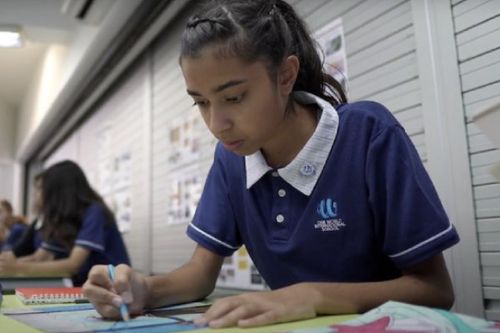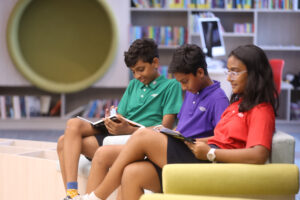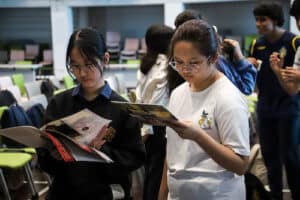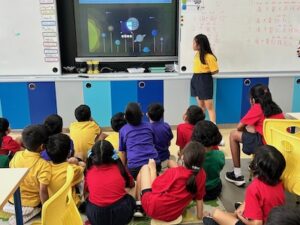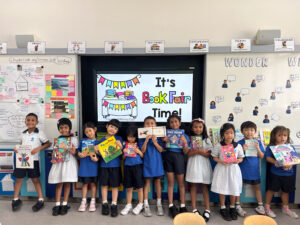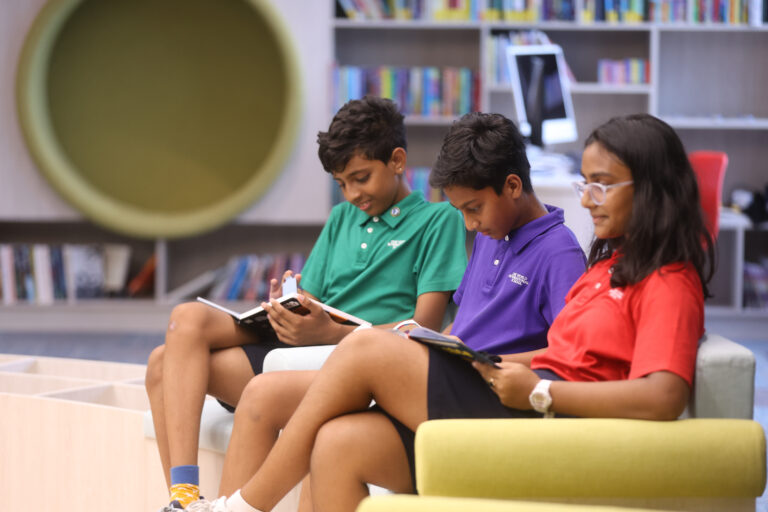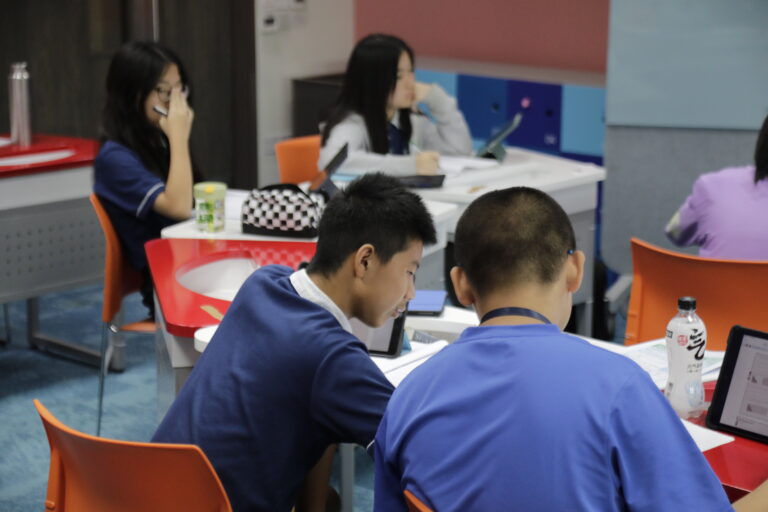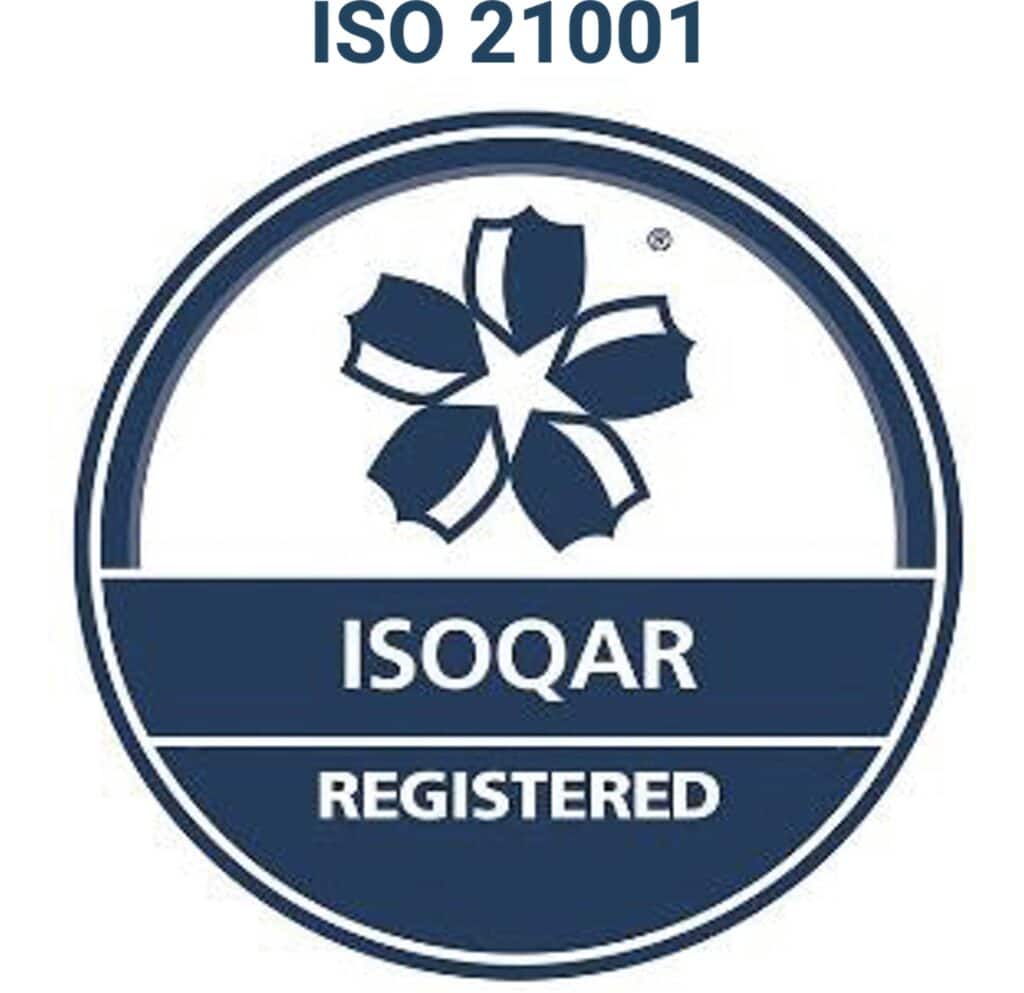Interpretation is the power of linking perception with expression. It is how one person sees something in an object, a text, an idea or a visual cue, that another may not. It relies on the bond between observation and judgement, and this relationship itself is coloured by one’s experiences, knowledge, and training.
For school-going students, working on the skill of interpretation in art classes translates into manifold benefits in their own artistic ability and output, in their abilities in other subjects, and their overall development.
What is Interpretation in Art?
When used in the context of art, interpretation refers to discovering meaning in the work of an artist and then forming connections to it to further our thinking or creative pursuit.
For example, take a look at this image of a dried leaf on a tile. Going beyond what you see with the naked eye, what does this remind you of? Try to form a connection with something else you may have experienced or seen.
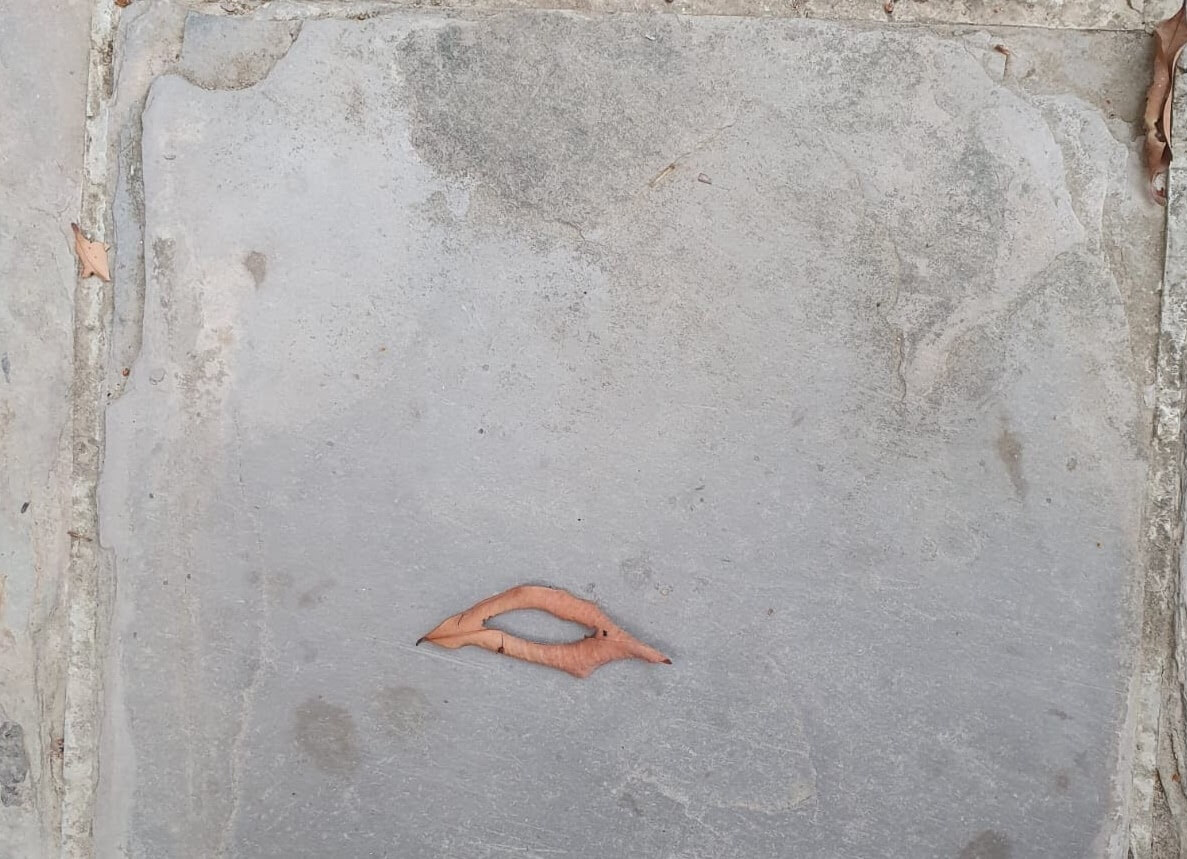
These following doodles are personal interpretations of how different people with different mindsets may strike a connection between the leaf and other things they are familiar with.

All these options are equally interesting in their own way.
The Significance of Learning Interpretation in Art Classes at School
In schools, typically the focus in art lessons is the creation of an artwork or building of practical art skills. Teachers work on giving students exposure to different media, materials and processes and the formal practice of creating lines, shapes and colours.

While this aspect is very important, there is a case to be made for the strong connection between learning to interpret art and the art one creates. When students are shown the works of great artists, their takeaway should transcend literal observation and admiration of the artwork. In order to have a meaningful engagement with these visual masterpieces, students should have the tools to be able to bring some intellectual line of thinking to explore the vision of the artist and the expression of the idea.
At One World International School, we believe our art classes for Primary and Secondary students offer a wonderful opportunity to hone this skill of interpretation and utilise it for the well-rounded development of the child. These are the benefits of teaching interpretation in our art classes:
- Interpretation serves as inspiration for students’ artworks, particularly at the IGCSE and IB DP levels. Our students are able to draw on raw ideas or find meaning in the works of visual artists and incorporate them in their own way in the finished artworks that they are working on.
- Interpretation is the ability to view an object or topic of discussion in one’s own way. As mentioned in the example of the dried leaf above, it is the freedom to think out of the box. Students sharpen their critical thinking skills and broaden the range of their creativity when they’re asked to interpret objects or visual art through their own lens.
- In an open, caring environment like OWIS where art lessons encourage students to go beyond literal sensory perception, children become more confident at expressing themselves. They are not criticised or looked down upon for their views. No one is wrong and everyone comes out of the art lesson having offered their own line of perception, which is appreciated.
- In the journey of interpretation, students explore and discover so many facts. In this learning journey, our students’ risk-taking and problem-solving abilities come to light.
- The bond between the student and teacher is strengthened as everyone’s views are respected and this boosts the child’s confidence in learning.
Our Process of Nurturing the Skill of Interpretation in Art Classes
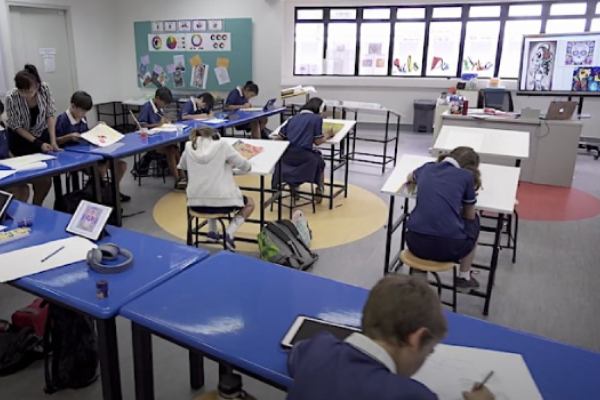
A teacher with a structured teaching approach to learning may find it difficult to be creative. This will affect logical thinking, and in a dominos-like effect, the power of interpretation. For Cambridge IGCSE and IB DP Visual Arts students, this will affect the freedom of detailed interpretations, evaluations, and comparisons, and they may find it tough to move further in their research.
At OWIS, our experienced art department is trained to build this skill in interpretation. Besides all the benefits listed above, we also consider interpretation by students as an opportunity for them to voice their opinion and exercise agency.
These are some of the steps in the teaching process to guide our IGCSE and IB DP students to a fruitful point of destiny in their art process:
- Focus is given to the basics, and the learning journey culminates with structured and scaffolded learning.
- There is room for differentiation to benefit all learners.
- Interpretation extends to developing ideas for students’ portfolios. We use mind-mapping techniques, which encompass the following: identifying the central idea, drawing branches of thoughts based on personal experience, assigning words to these thoughts, categorising similar branches under themes, introspecting further through reflections and questions, and then exploring artists and their techniques aligned with the student’s idea as a whole.
- Our art curriculum strikes a balance between the product- or portfolio-driven process and inquiry-driven thinking, which stimulates students into art investigation, rich discussions, and creative expression.
Logical and creative thinking are like two sides of a coin. By guiding students to put their thought processes in a logical order, our teachers manage to improve their creativity.
A vivid example of the role of interpretation in art is our 2021 Eco-Art project. In this collaborative exercise, students across the school were given a theme and they had to interpret the theme as per their collective knowledge and experience, and then shape these thoughts into a meaningful outcome. By applying grade-appropriate artistic techniques and their power of interpretation and creative expression, students worked together to create beautiful works of art with recycled material.

